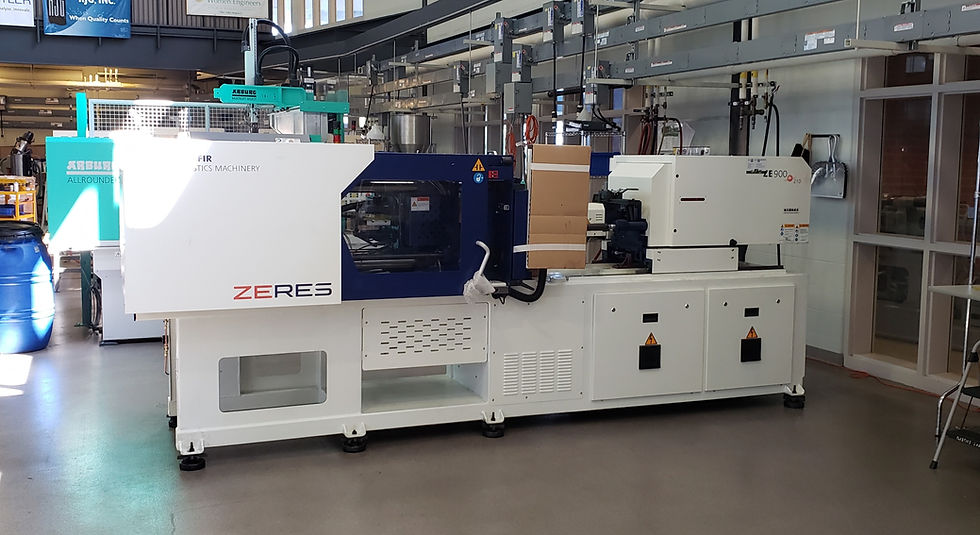Why servo-hydraulic molding machinery is so popular
- AHC
- Mar 19, 2020
- 2 min read
Updated: Mar 3, 2021

If you’re in the market for a new molding machine, you’ll find that servo-hydraulic machinery comes highly recommended. In fact, we’ve seen a massive uptick in demand for these machines, with over 250,000 Haitians sold globally since their launch. So, how did they become such a big hit? To answer this question, we need to take a look at the history and evolution of molding machines.
Pre-Servo Hydraulic Machines: Conventional Hydraulic and All-Electric Machines
Before servo-hydraulic, there were only conventional hydraulic injection molding machines with induction motors and fixed pumps – whatever RPM the motor spins at, that’s it. Like old muscle cars, these machines are energy hogs but remain the most affordable machines.
Things changed in the 1980’s, when Japanese machine builders developed and brought to market all electric servomotor driven injection molding machines. These machines provided significantly improved energy efficiency and process control. But the price premium was significant then and, in many respects, continues to be so to this day.
While all-electric machines delivered improvements in energy efficiency and precision (process capability), performance in terms of speed of inject and clamp motions were in line with standard machines but were nothing to brag about. Even with cost-incentives offered by utility companies (namely rebates), many manufacturers found it difficult to justify the high investment – especially contract manufacturers who historically operate on small profit margins.
At this point, these were the two available options. For manufacturers, it was like choosing between relatively low cost muscle cars or a relatively high priced Teslas.
Enter: Servo-Hydraulic Machines
After all-electric machinery was launched, servo-hydraulic machinery entered the market and quickly became an industry favorite.
Like all-electrics, servo-hydraulic injection molding machines provided an improvement in processing capability with almost the same energy efficiency, but at a much lower cost. Servo-hydraulic machines allow manufacturers with basic processing requirements, to purchase economical machines that are highly energy efficient. Since the price point of these machines is so close to conventional hydraulic machines, molders can still make the case to buy based on energy savings even without rebates and subsidies.
All-electric machines are still held with high regard in the marketplace and are the best choice for many high precision molding applications. However, the servo motor hydraulic configurations are the best sellers for the same reasons that hybrid vehicles outsell all-electric vehicles in the automotive sector. They offer the market a strong balance of performance, energy efficiency and price.
Today, there are many different injection molding machinery options out there for manufacturers. With servo-hydraulic machines, manufacturers no longer need to compromise on performance, energy efficiency, and price.
Need help picking out the best machine for you? Our team is always happy to help; reach out via email or direct at 508-459-5372.





Comments